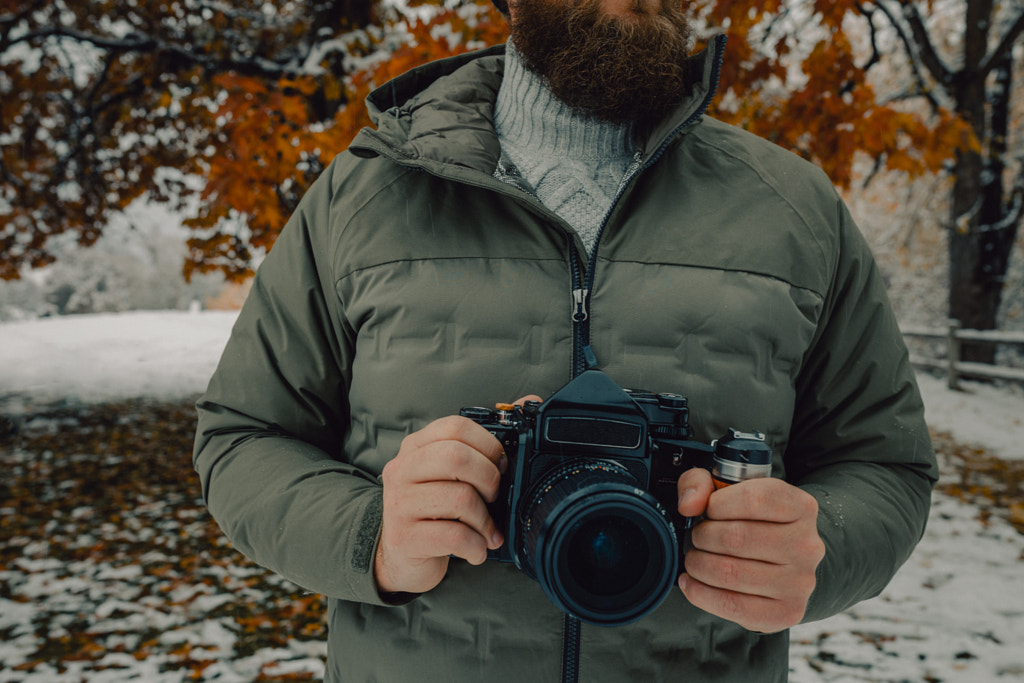2020 was the year of the “side hustle,” with people around the world turning their passions into passive income or planning to do so in the near future. For many photographers, in particular, that meant selling presets, opening an online print shop, or selling their work as creative stock photography.
Stock photography, also known as commercial Licensing, allows photographers to monetize their work, while allowing clients, brands, marketers, and more to find ready-made images. The buyer pays to use the image, and the photographer keeps the copyright. 500px offers a convenient way to submit your work for Licensing to a vast number of clients; if your photos sell, you get paid.
2021 is a great time to get into commercial photography and grow your business. To demystify the process, we put together this list of just five things to expect when submitting your photos to commercial Licensing via 500px.
Accepted photos will appear on Getty Images
500px works with Getty Images, the largest photography marketplace on the planet, to sell and distribute photos submitted by Licensing Contributors. Because Getty Images has an estimated one million customers, this means that your work could get major exposure and reach buyers all over the world.
Images from the 500px collection on Getty Images are available through royalty-free licenses, meaning that the buyer pays a one-time fee for the rights to use the photo. You then get a percentage of that payment.
Some of your photos might be declined
Every time you submit to Licensing on 500px, your photos undergo a review process. Getty Images is home to some of the best commercial photography out there, so it’s not at all unusual that photos might be declined from their collection. Even great photos get declined, but knowing what they’re looking for will help boost your acceptance rate.
As you might expect, reviewers will look at the technical quality of your photo. They’ll check for any exposure issues, focus problems, or noise, so before submitting, we recommend viewing your photos at 100% to make sure they’re good to go.
Reviewers also look for any potential intellectual property issues, including but not limited to branding and logos, copyrighted artwork or designs, or even tattoos. These details can easily “sneak” their way into your background or clothing details, so plan ahead to avoid them or edit them out before submitting.
When reviewing your photo, the team will also check to make sure you have releases for any recognizable people or properties in your photo. Without them, your photo can’t be licensed for commercial use, so remember to iron out those details with your models (or homeowners/tenants) before submitting.
Some of these issues will result in an image being declined—but not all. If your photo has an issue that can be fixed, such as a tiny logo that can be erased or a model release with a missing line, the reviewer will list it as “Changes Required.” Other things that might result in a “Changes Required’ listing include a watermark that needs to be removed or a black and white photo that should be submitted in color. You can resubmit those photos after you’ve made the adjustments.
Finally, one reason a photo might be declined is that it doesn’t have commercial value and won’t appeal to clients. If you can’t imagine a company using your photo in an advertisement, it likely has limited commercial value. This is a somewhat subjective decision, but you’ll get a feel for it pretty quickly—especially if you check the 500px Licensing Galleries for ideas on what works. They recently released a curated collection of some of their favorites from 2020.
It’ll (probably) take time to see sales
While some photographers might start seeing sales roll in right away, this is the exception and not the rule. It’s not uncommon for it to take a year between your first submission and your first sale. Stock photography is a long-term investment, so be patient.
While sales are never guaranteed, there are a few things you can do to boost your chances of selling a photo. The first is keywording: by adding relevant words, phrases, and concepts to your metadata, you help your images surface in customer searches. It’s also important to use straightforward, literal titles and descriptions and tag your location.
Another principle to keep in mind is that stock photography is about quality and quantity: the more excellent photos you submit, the better your chances of making a sale. If you create content that speaks to trending topics buyers are actively searching for, that’s even better. We regularly publish trend reports on the 500px blog, so follow along.
Your photos could appear everywhere
When someone buys your photo, you’ll get paid, but you won’t know who bought it or where they’ll use it. Stock photography is ubiquitous, so that means your work could end up virtually anywhere, from billboards to book covers, subway ads to magazines, websites to product packaging. When you submit a photo for Licensing, you’re giving up any claim to how or where the image is used.
For instance, your photo could be used by a variety of companies to promote an array of products or services, or it could appear in a context you might not have expected. Your models are also giving up any claim over the images’ use when they sign a release, so it’s important to explain that to them. If there is ever a situation where you wouldn’t feel comfortable with a photo being used, it’s best to leave that one out of your submission.
On the other hand, of course, it can be a lot of fun to see your photos out and about in the real world, on the subway or in an article. Many pro stock photographers keep tearsheets or records of where their photos have appeared “in the wild,” and this method can be super helpful in determining what kinds of people are buying your photos and how they’re using them.
Payouts can vary
The money you make from your sales can vary significantly based on a few factors, including exclusivity, image size, and usage. An exclusive license—where the client pays to be the only one using the image—will generally bring in more money, but these are also less common. Often, your photo might sell for a lower fee as part of a package deal, but it could sell over and over again to many different clients. These smaller payouts can then add up over time.
While some photographers do make a living by shooting stock, many treat it as a way to earn passive income instead. It is certainly possible to make money from stock photography, but it’s important to set realistic expectations. Some photos might earn a lot more than others, and some months might be more lucrative. Stock photography might not be a way to get rich quickly, but it is a rewarding way to learn the business of photography while having the potential to reach a worldwide audience and earn money in the process.
Not on 500px yet? Click here to learn about Licensing with 500px.












Leave a reply